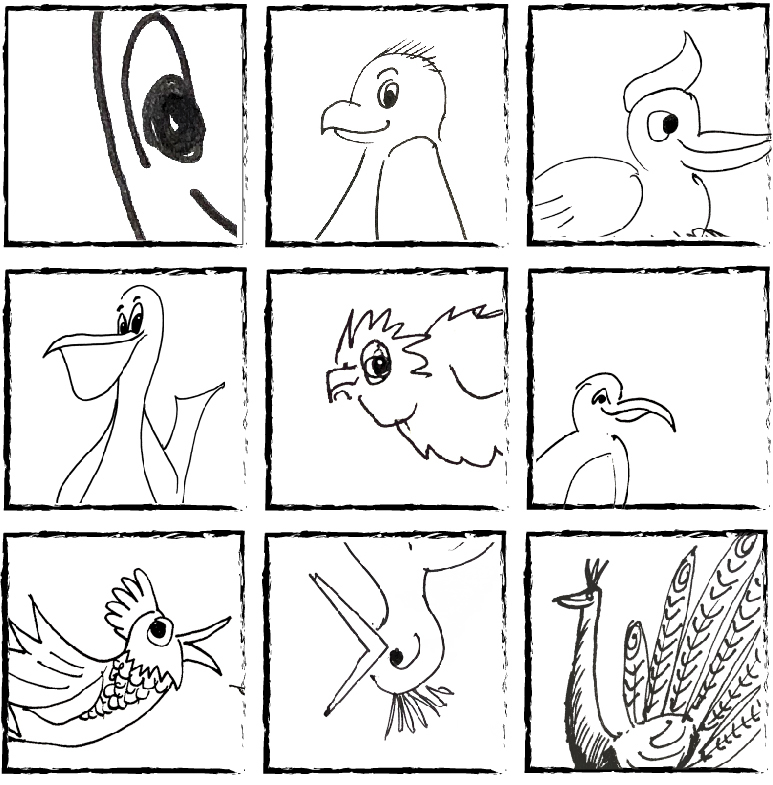#8 Be Professional: how to make a great first impression
As a business owner, micro entrepreneur and professional in your field, it is important to look and sound good; to be able to speak clearly and intelligently about what you do and the ideas you have in an authentic way. Making a good first impression will help sustain and promote trust in you, your products, services and, of course, your brand.
“You never get a second chance to make a good first impression.”

When we start a business we will find ourselves in front of people.
We might be:
- Meeting
- Presenting
- Pitching
- Networking
- Teaching
- Negotiating
But because our brain’s have been hardwired to spot danger with split second processing of sight and sound before anything else, when we meet new people studies tell us that our first impression of them, and they of us, is based on:
55% of what we SEE
38% of the SOUND we hear
and only,
7% of the actual words SPOKEN
Think about a situation where you have seen someone unfamiliar to you. Perhaps they were shouting and being loud. Did it make you anxious? But when you heard what they were saying your first impression was wrong. For this reason we should always guard against prejudice and making assumptions about people we don’t know.
93% of someone’s first impression of us has nothing to do with what we are actually saying
and everything to do with what they see and how we sound.
So, to get someone’s full attention, it is important to look and sound worth listening to.
Being the focus of attention, however, can be uncomfortable. Talking to people about ourselves, our ideas and services, be it two or 200, is not easy, especially given the pressure of knowing that how accomplished we are has a direct impact on our brand and business prospects.
For this reason, no time or effort to improve our engagement and presentation skills is ever wasted. It can also have a positive impact on our wider lives.
Look good – what people see
Professionals should look, well… professional!
Within every trade and sector there is usually an acceptable way to dress. Think of lawyers, dentists, builders or yoga teachers. All very different. These may be traditions that you are keen to change. If so, great! It may help you stand out from your competitors. How you present yourself should be part of your wider brand and it’s completely your choice. BUT whatever you choose to wear there are some universal truths when you want to attract and engage others.
You have to look like you care…
- Look fresh
- Smell good
- Smile – there has never been and will never be a better way to engage another human being than a smile. It’s hard not to return!
When you take care of your appearance, others will take note.
Sound good – what people hear
To capture people’s attention here are the top three things to think about when talking to people face-to-face.
- Breathe – use breathing exercises before you begin to calk your nerves, slow your heart rate, control your voice, clear your mind and relax your body. You will find an easy-to-follow breathing exercise later in this guide…
- Open up – crossing your arms or holding them tightly to your sides is your body language signalling, “I’m not comfortable and not approachable” and when we are nervous it is a natural defence mechanism to stand or sit this way. To prevent this, breathe, drop your shoulders and loosen up your arms by bending them slightly at the elbow. If it helps clasp a few fingers lightly in front of you until you feel more relaxed. When talking it’s good to use gestures but keep them light and varied. Don’t point. Pointing can be seen as aggressive, it’s better to keep an open hand signalling transparency.
- Slow down – if there is one thing that instantly improves our speech and delivery it is to simply slow down (and breathe). It’s also about pace and building in “understanding space” around important facts, figures and ideas. Don’t be afraid of moments of silence like these. A pause before or after a key piece of information can be very powerful because it:
- Allows your listener to process what you are saying
- Displays your confidence and builds trust
- Gives you a chance to breathe and a moment to decide what to say next!
Speak authentically – what you say
When you have got people’s attention, it’s time to tell them what they want to know, or, better still, what they didn’t think they wanted to know but now find completely fascinating.
“Be yourself. Everyone else is already taken.” Oscar Wilde
Here are the top tips for speaking with authority and authenticity:
- Be yourself – it’s less exhausting and you won’t slip up.
- Adapt what you say to your audience – the size, their interest and prior knowledge.
- Don’t use jargon – it won’t make you sound clever. Your audience will simply lose interest and think you’re a bit of an idiot.
- Don’t use three words when one will do – you will just get tangled up and trip over your own thoughts.
- Be confident – but don’t lie or embellish the facts. You’ll get found out.
- Show your passion – people love people who love what they do. If you think it’s better to be ‘cool’ see point three.
Now, let’s look at a situation where our breathing can make all the difference to our vocal and verbal delivery. Imagine the scene…
You are standing in front of an audience who are waiting for you to say something.
You are nervous and your body is tense.
Your tension makes your mouth dry and your voice sound shallow and weak, or perhaps, uncontrolled and too loud.
Your brain feels ‘foggy’ and you forget to talk about some key information.
You become frustrated because you know you are not getting your message across.
Your audience senses your difficulty and becomes restless.
Now everybody is uncomfortable and anxious.
But don’t despair! There are a number of easy to learn techniques to dispel stress, calm nerves and make sure that your audience, not only listens to what you have to say, but will stay with you to the end.
The key is in how we breathe.
Harnessing our breath
As well as our lungs, our breath feeds our brains with oxygen to help us concentrate and, via our blood, it feeds our muscles to keep us upright.
BUT
In order for our breath to help reduce our levels of stress it takes thought and practise to slow down the heart rate, calm the nerves and clear the brain. Before you are due to speak, take a moment to:
- Stand up straight – if sitting, sit up and centred
- Head looking forward with a relaxed jaw
- Relax your shoulders and let them drop away from your ears
- Plant your feet firmly on the ground
- Do not lock your knees
Now breathe slowly and deeply IN through you nose and OUT through your mouth.
As you breath in imagine the air flowing IN via your belly button filling the lower part of your lungs first.
Once your lungs are full breath OUT slowly through the mouth, emptying the lungs over a slow count of 10.
Repeat this process trying to increase the out breath count gradually to 12, then 15 or even 20.
The more often you practise this technique the sooner you’ll have a natural and effective way of calming your nerves. As a result when you need to speak your voice will sound strong, your body will have less tension, your mind will be clear and you’ll look and sound confident.
Opportunities for small business owners and micro entrepreneurs can come from unexpected places so it always to be prepared with some thoughts to share. And, just like in our second guide Be Valued: how to set the right price and sell, don’t think about a ‘sale’. Think about building a relationship and when talking to anyone keep in mind:
- Who you can help
- How you can help
- Who you know can help
And, of course, smile and breath!
“The first impression you send out is usually how people will remember you by. So make sure it’s worth looking back on.” Christine E. Szymanski
Online engagement is also very important today. Read our last bonus free guide packed with easy-to-use, practical advice and etiquette to impress when you take part in meetings on platforms including Zoom, Microsoft Teams, Messenger, WhatsApp and Skype:
#8+ Be Engaging Online
Guide written by Jacky Fitt. Discover the work of our translators.









